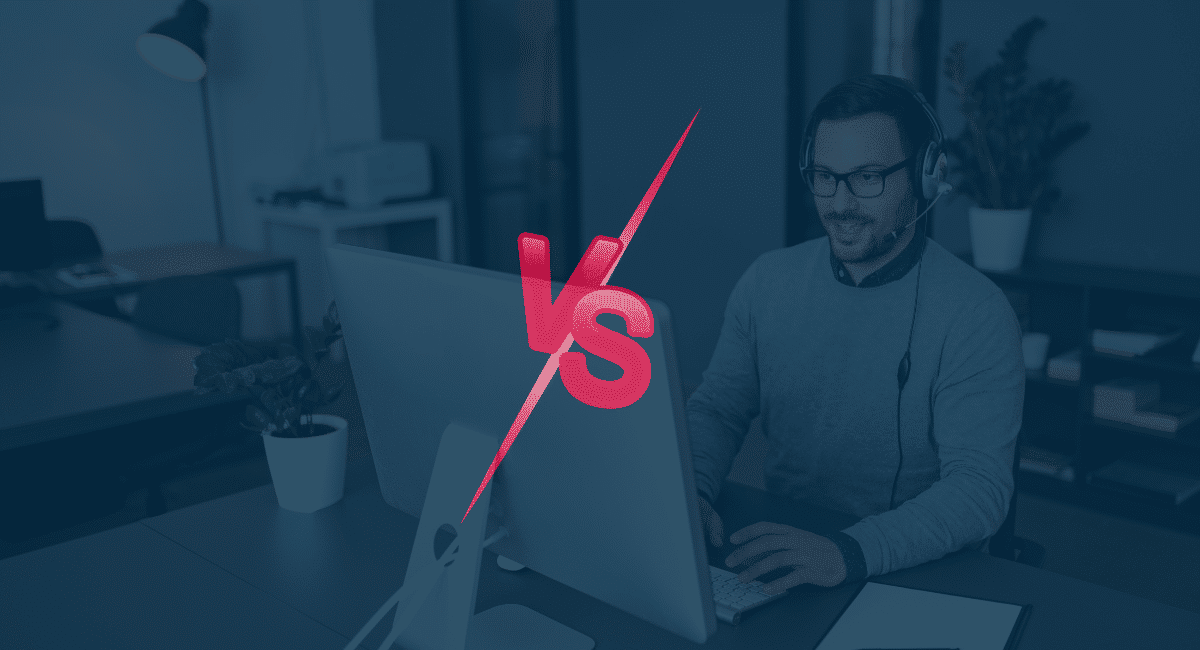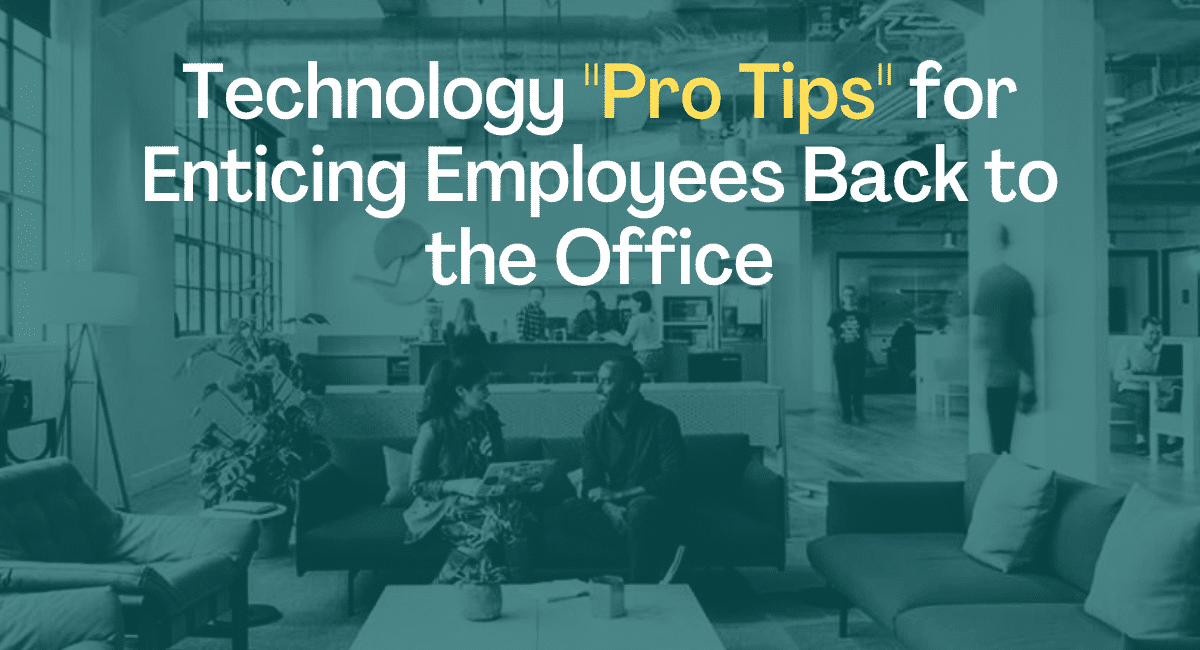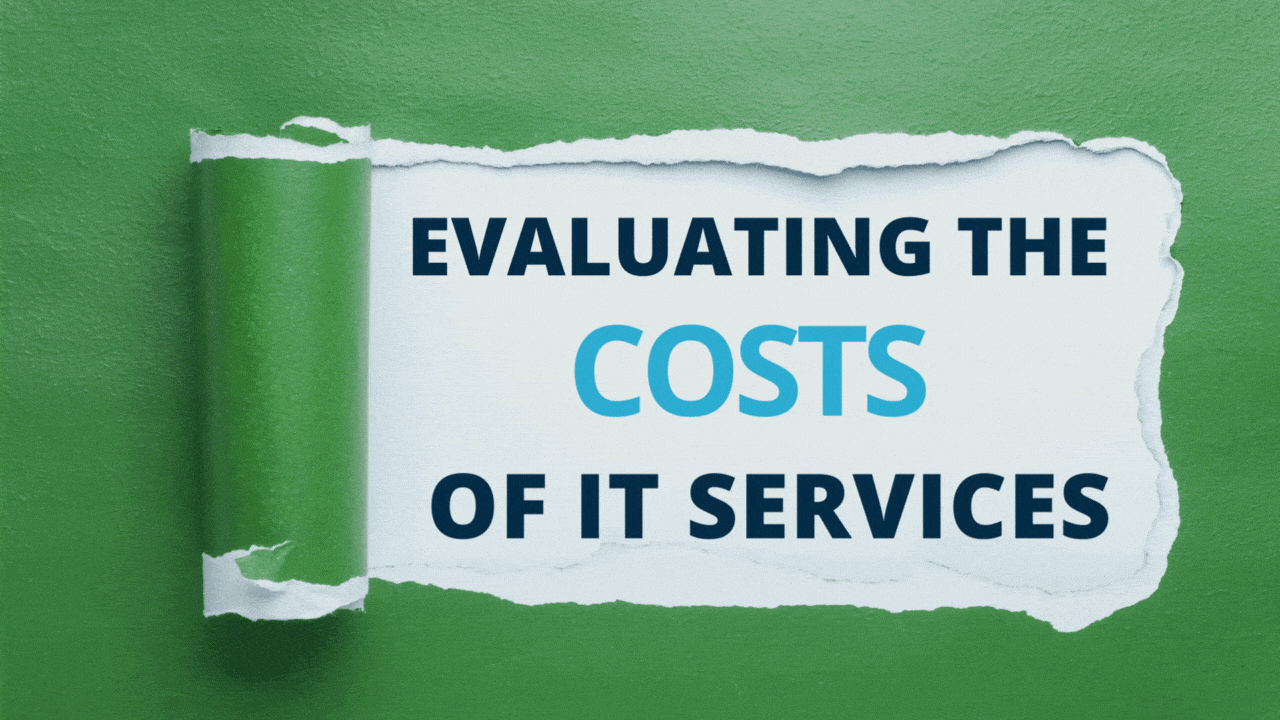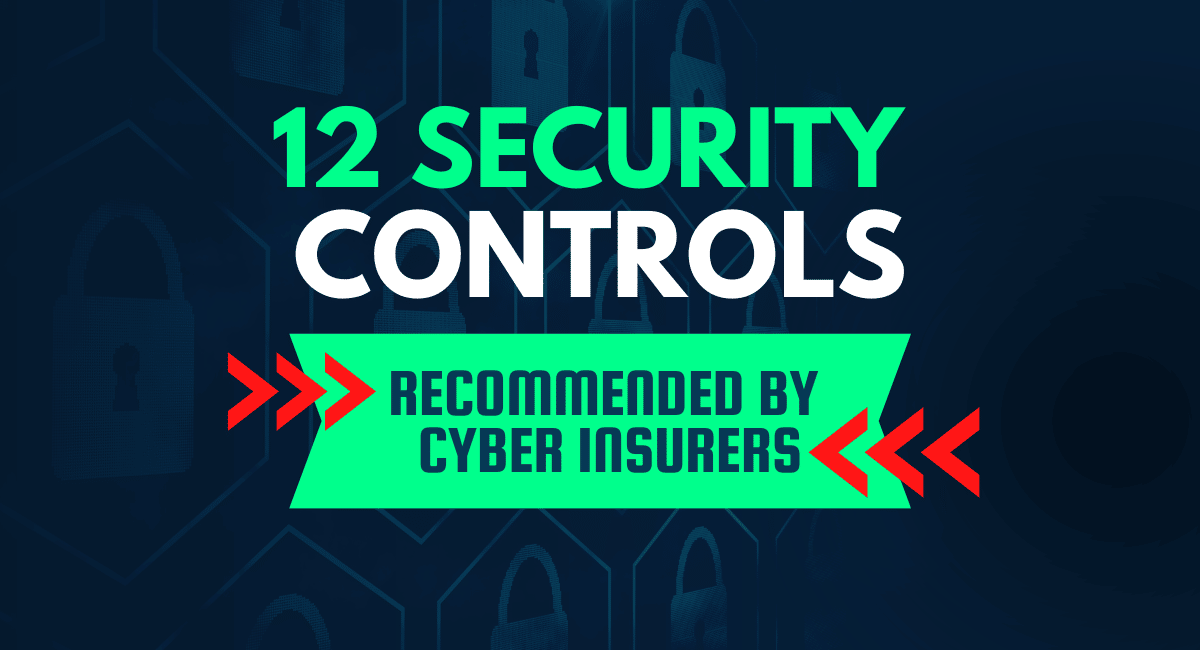Guide to Finding the Right IT Cloud for Your Business

The word “cloud” means different things to different people. Cloud computing refers to data storage, servers, databases, networking, and software through the Internet.
This type of cloud provides cloud infrastructure that powers applications and access to business data. It gives small and medium businesses access to enterprise-grade technology at a fraction of the cost.
While the cloud may be a ubiquitous solution, there is still significant confusion about which type of cloud structure a business needs. In this blog, we will tackle two questions:
- What types of cloud services exist?
- What are some of the misconceptions about the cloud that confuse business leaders?
Different Types of Cloud Computing Services
1. Infrastructure as a Service (IaaS)
IaaS is an economical cloud solution for businesses that replaces CapEx with a monthly fee. It moves functions like servers, storage, networking, and phones to a data center where they are maintained and accessed online.
Common business applications for IaaS include:
- Testing and development
- Website hosting
- Back-up and recovery
- High-performance computing
- Data analysis
2. Platform as a Service (PaaS)
PaaS provides an environment for users to build internet applications and services, from simple to sophisticated enterprise programs.
PaaS offers all the same services like IaaS, with an additional layer of middleware, development tools, business intelligence services, and database management necessary for software and web development.
3. Software as a Service (SaaS)
Most business leaders are familiar with SaaS services in email, calendars, web conferencing, project tracking, and office productivity.
Customers pay only for the software they use and have access to sophisticated applications without the burden or expense of maintaining upgrades.
4. Back-up as a Service (BaaS)
Back-up as a service is backing up data into the cloud and storing it at a data center.
Data is maintained by a 3rd party provider with redundant and secure locations. BaaS also protects businesses from data loss in the case of disaster.
5. Cyber-Security as a Service (CSaaS)
Cyber Security as a Service refers to outsourcing information security tasks to a technology partner to monitor and maintain IT security.
CSaaS might include a security operations center (SOC), security monitoring and threat detection, and events management (SIEM) systems.
Businesses of any size should consider working with a Managed IT provider to develop their own cyber security plan regardless of whether it lives in the cloud or onsite.
6. Desktop and Workstation as a Service (DaaS or WaaS)
Desktop and Workstation as a Service provide employees with a virtual (online) connection to their desktop, business-related information, applications, and data from a virtual sign-on.
The advantages include cost savings, data protection, secure access, efficient provisioning, and high scalability from any device.
7. Disaster Recovery as a Service (DRaaS)
DRaaS uses cloud resources to safeguard and protect applications from financially devastating disruption and loss.
If a system goes down, it must be accessible in the shortest amount of time to avoid expensive downtime.
How can we help you?
At Blue Fox Group, we help business leaders find more time to work on high-priority tasks, reduce costs over time and work from an IT Roadmap that increases margins, reduces the overall IT spend over time and reduces errors systematically.

let's connect
Let’s make technology work for your business and help you exceed your business goals.
share this post
related posts














